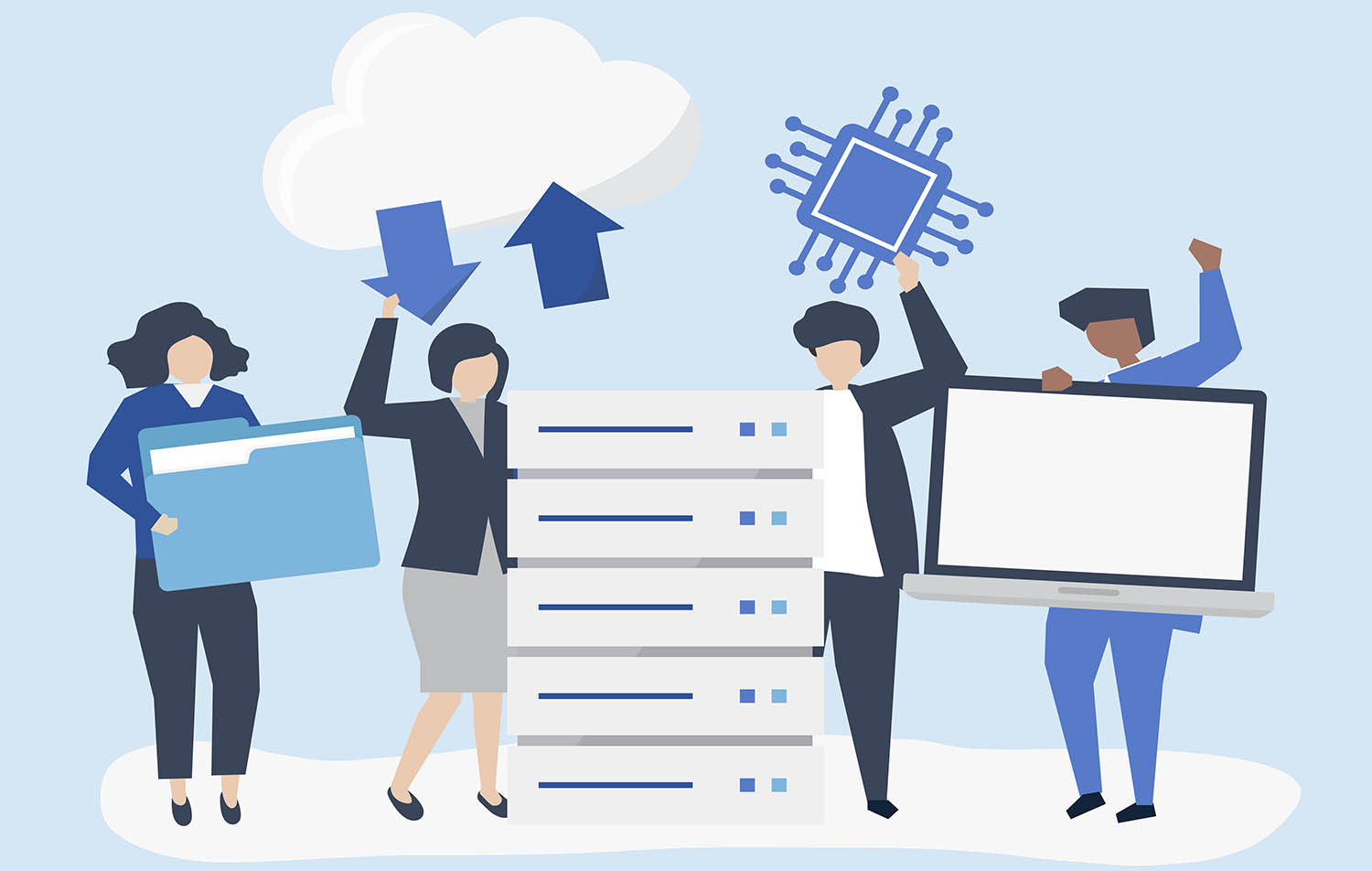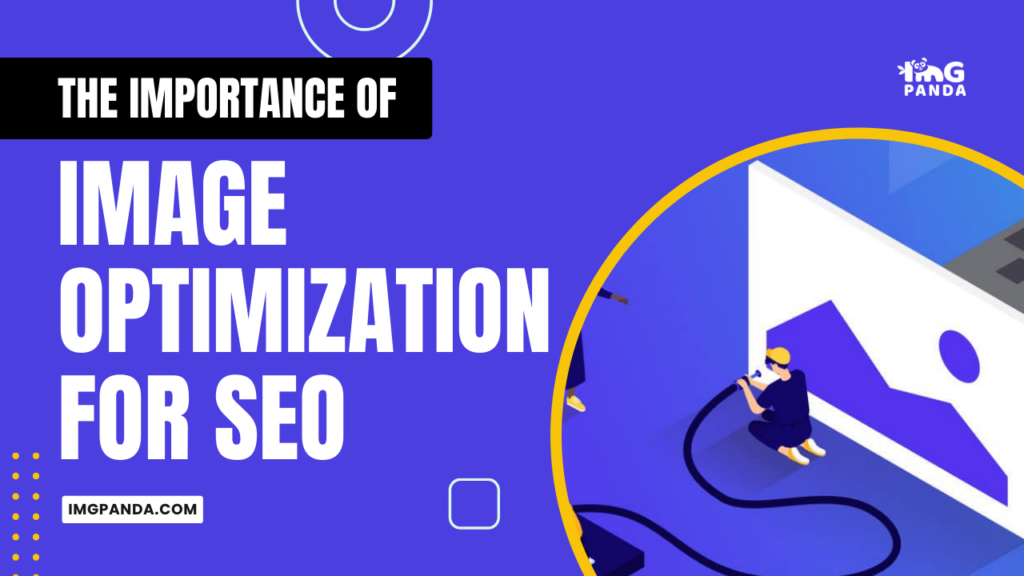Introduction:
In the ever-evolving landscape of search engine optimization (SEO), one crucial factor often goes unnoticed but holds immense power - image optimization. The digital realm is increasingly visual, and images play a pivotal role in enhancing user experience. But beyond aesthetics, optimizing images is essential for SEO, ensuring that your website ranks higher, loads faster, and captivates audiences effectively.
In the first part of this blog post, we'll delve into the significance of image optimization, shedding light on how it directly impacts your website's visibility in search engine results. Then, we'll explore practical strategies and best practices to harness the full potential of images, all while boosting your SEO efforts. So, let's embark on this journey to understand why image optimization is no longer an option but a necessity in the world of digital marketing.
Also Read This: Best Canadian Twitter Accounts to Follow in 2023
Improved user experience:
Image optimization can greatly improve the user experience on your website. When images are optimized, they load faster and appear sharper, which can reduce the time it takes for users to access the information they need. This can lead to a more positive user experience and improve user satisfaction.
[caption id="attachment_193165" align="alignnone" width="1500"] Improved user experience:[/caption]
Improved user experience:[/caption]
In addition, optimized images can also improve the mobile user experience. Mobile users often have slower internet connections and smaller screens, so optimizing images for mobile can greatly improve load times and reduce data usage.
Optimized images can also make your website more visually appealing and engaging. High-quality, well-optimized images can capture a user's attention and encourage them to spend more time on your site. This can reduce your website's bounce rate and increase the likelihood of users returning to your site in the future.
Overall, image optimization can greatly improve the user experience on your website and lead to increased user engagement and satisfaction.
Also Read This: Using Storyblocks on Windows 10: How-To
Accessibility:
Image optimization can also improve the accessibility of your website for users with visual impairments. When images are optimized, they can include descriptive alt tags and captions that provide context and information about the image.
[caption id="attachment_193166" align="alignnone" width="1500"] Accessibility[/caption]
Accessibility[/caption]
Alt tags are short descriptions of the image that are read aloud by screen readers, allowing visually impaired users to understand the content of the image. Captions provide additional information about the image and can be especially useful for users with cognitive disabilities or users who have difficulty understanding the context of the image.
By optimizing your images with alt tags and captions, you can make your website more accessible to a wider range of users. This can improve the overall user experience and make your website more inclusive and welcoming to all users.
In addition, optimizing your images for accessibility can also improve your website's SEO. Search engines like Google take accessibility into account when ranking websites, so optimizing your images for accessibility can improve your website's visibility and ranking in search results.
Overall, image optimization for accessibility is an important aspect of website design that can improve the user experience and make your website more inclusive and accessible to all users.
Also Read This: Best Time to Share on Flickr: Tips and Tricks
Reduced bandwidth and hosting costs:
Image optimization can also help reduce the bandwidth and hosting costs associated with your website. When images are not optimized, they can have large file sizes, which can lead to slower loading times and increased bandwidth usage.
[caption id="attachment_193167" align="alignnone" width="1500"] Reduced bandwidth and hosting costs[/caption]
Reduced bandwidth and hosting costs[/caption]
By optimizing your images, you can reduce the file size without compromising on image quality, which in turn can reduce the amount of bandwidth used by your website. This can lead to reduced hosting costs, as many web hosting plans charge based on the amount of bandwidth used by your website.
Reduced bandwidth usage can also improve the performance of your website, as it can lead to faster loading times and improved user experience. This can in turn lead to higher user engagement and better SEO rankings.
In addition, optimizing your images can also help you save storage space on your web hosting plan. This can be especially useful for websites with a large number of images or limited storage space.
Overall, image optimization can help reduce the bandwidth and hosting costs associated with your website, while also improving the performance and user experience of your site.
Also Read This: Explore Options: Alternatives to StockSnap.io
Faster website loading times:
Faster website loading times are a crucial factor in providing a positive user experience and improving your website's SEO. Optimizing your images can help improve your website's loading times by reducing the file size of your images without compromising their quality. Here's a video focusing on the topic of image optimization.
When images are not optimized, they can slow down your website's loading times, which can negatively impact user experience and increase bounce rates. Slow loading times can also harm your website's SEO, as search engines like Google take website speed into account when ranking websites.
By optimizing your images, you can reduce the file size of your images without compromising their quality, which in turn can improve your website's loading times. This can lead to a better user experience and can also improve your website's SEO ranking.
In addition, faster loading times can also lead to increased conversion rates and sales. Users are more likely to make a purchase or complete an action on a website that loads quickly and efficiently. This can ultimately help you achieve your business goals and objectives.
Overall, optimizing your images is an important step in improving your website's loading times and providing a positive user experience.
Also Read This: How to Download Videos from Facebook, Instagram, and YouTube
Pros and Cons:
| Pros | Cons |
|---|---|
| Improved user experience | Time-consuming |
| Increased website speed | Compromised image quality |
| Improved accessibility | Need for technical knowledge |
| Reduced bandwidth and hosting costs | Incompatibility with some CMS platforms |
Also Read This: Deleting Picfair Account: A Step-by-Step Guide
conclusion:
In conclusion, image optimization is a crucial aspect of SEO that can have a significant impact on the success of your website. Optimizing images can lead to improved user experience, increased website speed, improved accessibility, and reduced bandwidth and hosting costs. However, image optimization may require additional time and technical knowledge, and there is a risk of compromising image quality if not done correctly. Nonetheless, the benefits of image optimization outweigh the potential drawbacks and should be considered an essential aspect of website design and SEO. By optimizing your images, you can improve the user experience, increase engagement and conversions, and ultimately achieve better SEO rankings and greater online success.
"Image optimization is a crucial aspect of SEO that can have a significant impact on the success of your website."
FAQ:
What is image optimization?
Image optimization refers to the process of reducing the file size of images on your website without compromising their quality. This can be done by using image compression, resizing, and other techniques to reduce the amount of data that needs to be loaded when the image is displayed.
Why is image optimization important for SEO?
Image optimization is important for SEO because it can improve website speed, user experience, and accessibility. When images are optimized, they load faster, making the website more user-friendly and improving engagement. This, in turn, can lead to higher SEO rankings and improved visibility in search engine results pages (SERPs).
How does image optimization impact website speed?
Image optimization impacts website speed by reducing the size of image files, which reduces the amount of data that needs to be loaded when the image is displayed. This can lead to faster loading times and improved website performance.
How does image optimization impact user experience?
Image optimization impacts user experience by improving website speed and reducing the amount of time users have to wait for images to load. This can lead to higher user engagement and improved website usability, which can ultimately lead to higher conversion rates and improved SEO rankings.
How does image optimization impact accessibility?
Image optimization impacts accessibility by allowing users with visual impairments to access the content of images on your website. This is achieved through the use of alt tags and captions, which provide descriptions of the images for screen readers and other assistive technologies.
What are the potential drawbacks of image optimization?
The potential drawbacks of image optimization include the time-consuming nature of the process, the risk of compromising image quality, the need for technical knowledge, and the potential incompatibility with some CMS platforms. However, these drawbacks can be mitigated through careful planning and execution of image optimization strategies.
How can I optimize images on my website?
There are several techniques for optimizing images on your website, including image compression, resizing, and lazy loading. Additionally, using descriptive alt tags and captions can improve accessibility and SEO rankings. Image optimization plugins and tools are also available to automate and streamline the process.









































